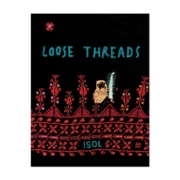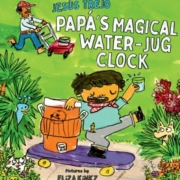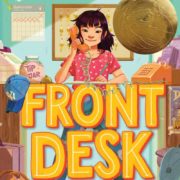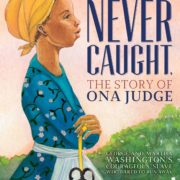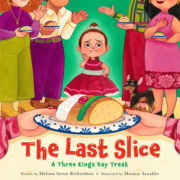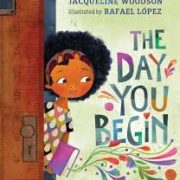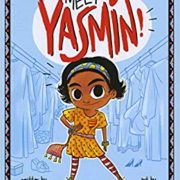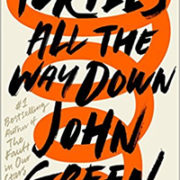Watercress by Andrea Wang & Jason Chin
Happy book awards season!
Every January, the American Library Association announces award winners and honorees in a whole host of categories. The most well-known awards include the Newbery Medal, the Caldecott Medal and the Coretta Scott King Award, though there are over 30 awards for young adult and children’s books.
The Caldecott Medal is awarded to the artist of the most distinguished American picture book for children. It makes sense, then, that “WATERCRESS,” illustrated by JASON CHIN and written by ANDREA WANG, bears the shiny medal on its cover. Wang tells a story based on her experience growing up as the child of Chinese immigrants in Ohio in the shadow of Mao Zedong’s Cultural Revolution. The young girl at the center of the novel resents her parents for being different, for making her different. When they pull over to the side of the road on a drive, they make the whole family climb out to pick watercress. For her parents, the “snail-covered plant” is a delicacy, reminiscent of their lives in China, when any food was good food and free food was even better. For the protagonist, it’s another glaring difference between herself and her classmates. When her typically private mother tells the girl and her brother about their uncle, a child taken by the famine, she gets a glimpse into the importance of the plant and, more than that, a glimpse into her parents’ past and how it affects their present.
With “Watercress,” Caldecott honoree Chin proves that he is as effective at painting minute details — those of a home in the 1970s, of the shame on a young girl’s face — as he is at painting landscapes. His watercolor art beautifully captures the cornfields of Ohio, and I especially appreciate the spread a few pages where the cornfields seamlessly fade into the bamboo in the background of a hillside above a Chinese village.
Another favorite page depicts the girl’s family sitting around a metal-legged, Formica-top table eating a meal that includes the foraged watercress. The girl sits with her arms crossed, a scowl on her face. As explained in his endnotes, Chin sought to reflect Chinese and American heritage, as well as the 1970s aesthetic. The scene, from the details of the table to their clothes to their dishes, feels reminiscent of that time period.
The free verse structure of “Watercress” makes it an excellent choice for a read aloud in a group setting. Wang’s words read like a poem, evoking emotion and vivid scenes on each page, a perfect example of the English teacher’s mantra: “Show, don’t tell.” Chin’s illustrations only serve to amplify the story rather than overshadow.
In the book’s endnotes, the author discusses her own experience as the daughter of Chinese immigrants as well as the importance of memories and their ability “to inform, to inspire, and to heal.” Wang’s encouragement to talk about the hard things, to tell your story and to take pride in your heritage is crucial, and she sends those messages seamlessly throughout. “Watercress” is well deserving of the Caldecott Medal.
Find it in our catalog.

